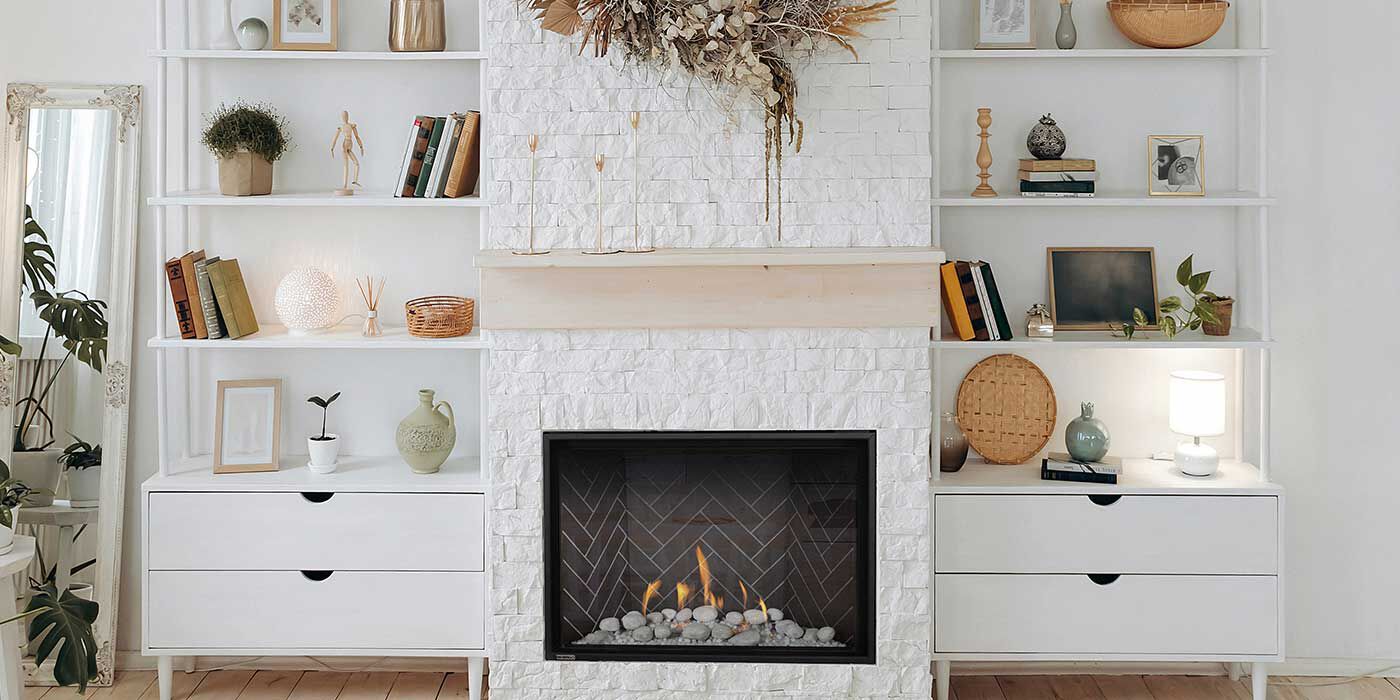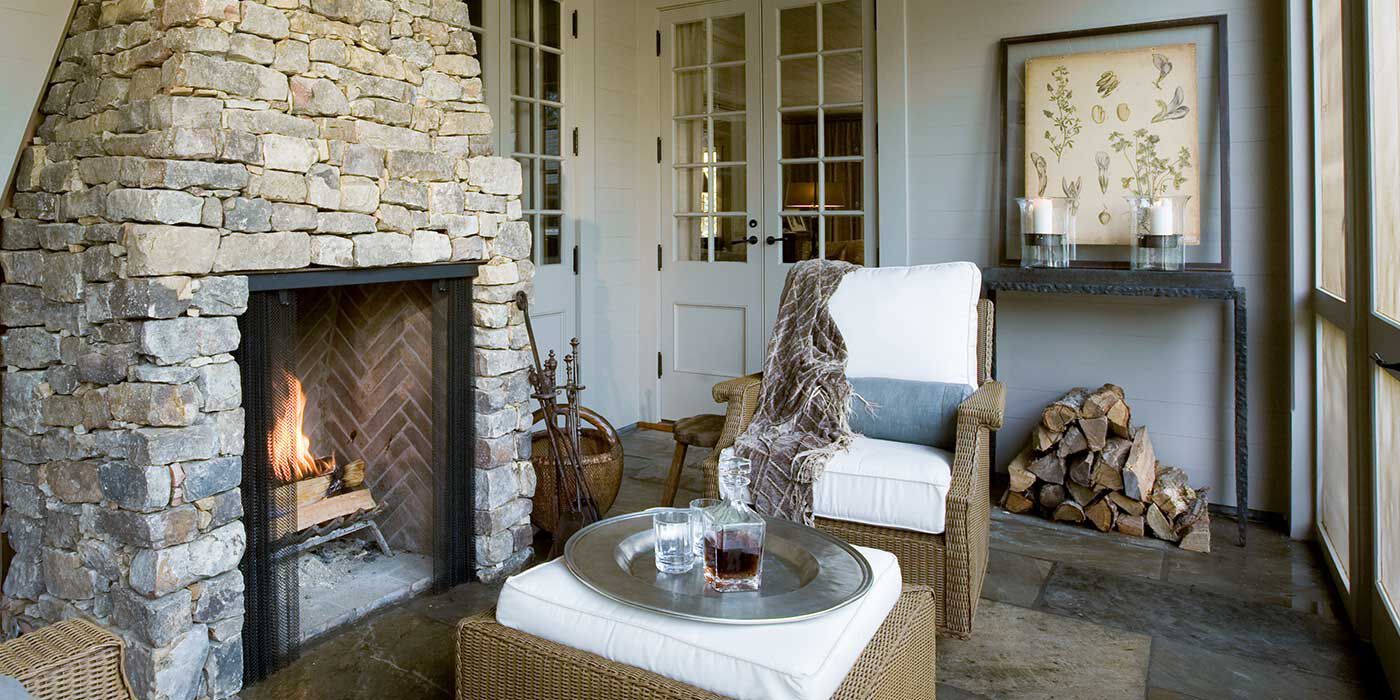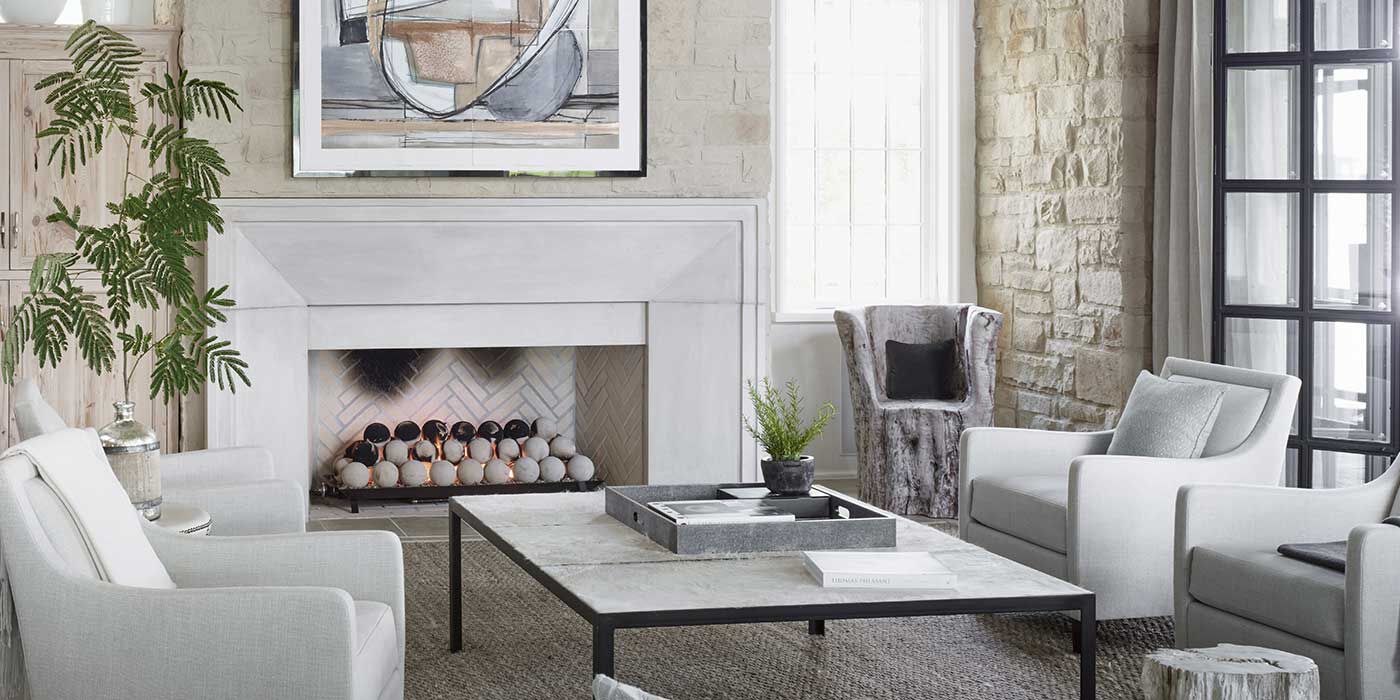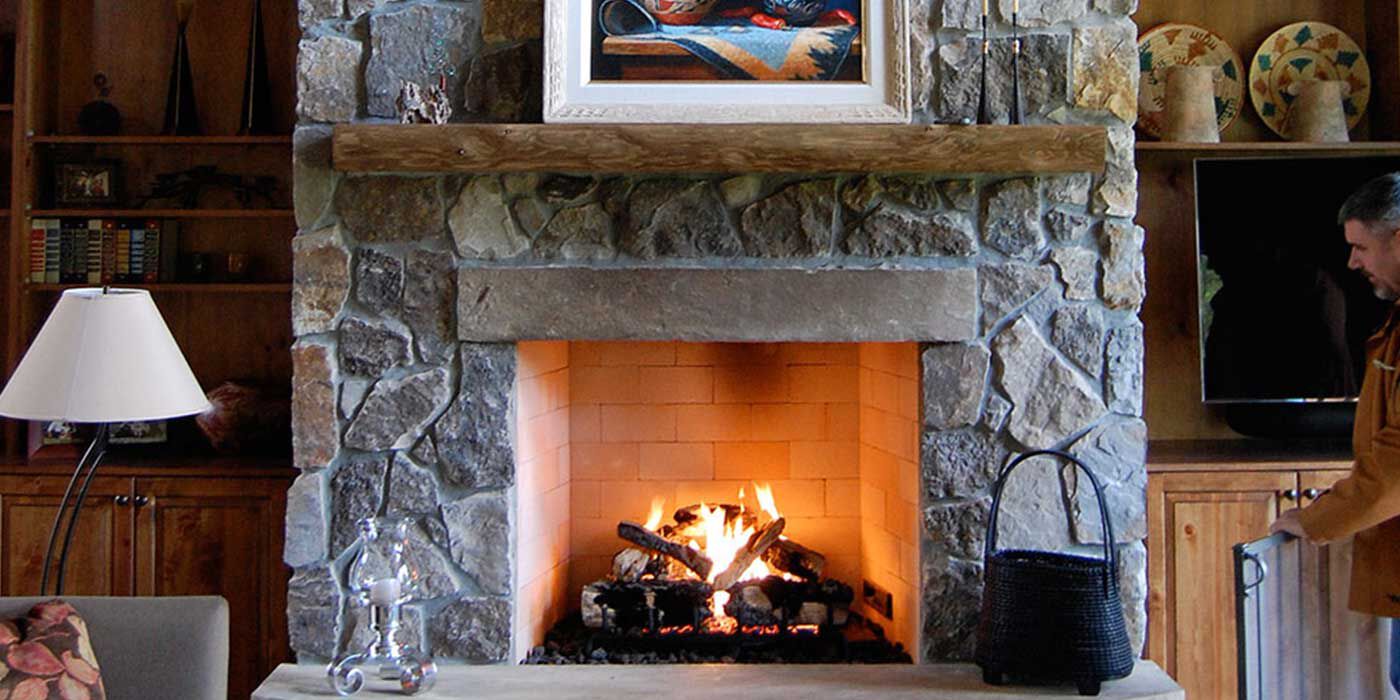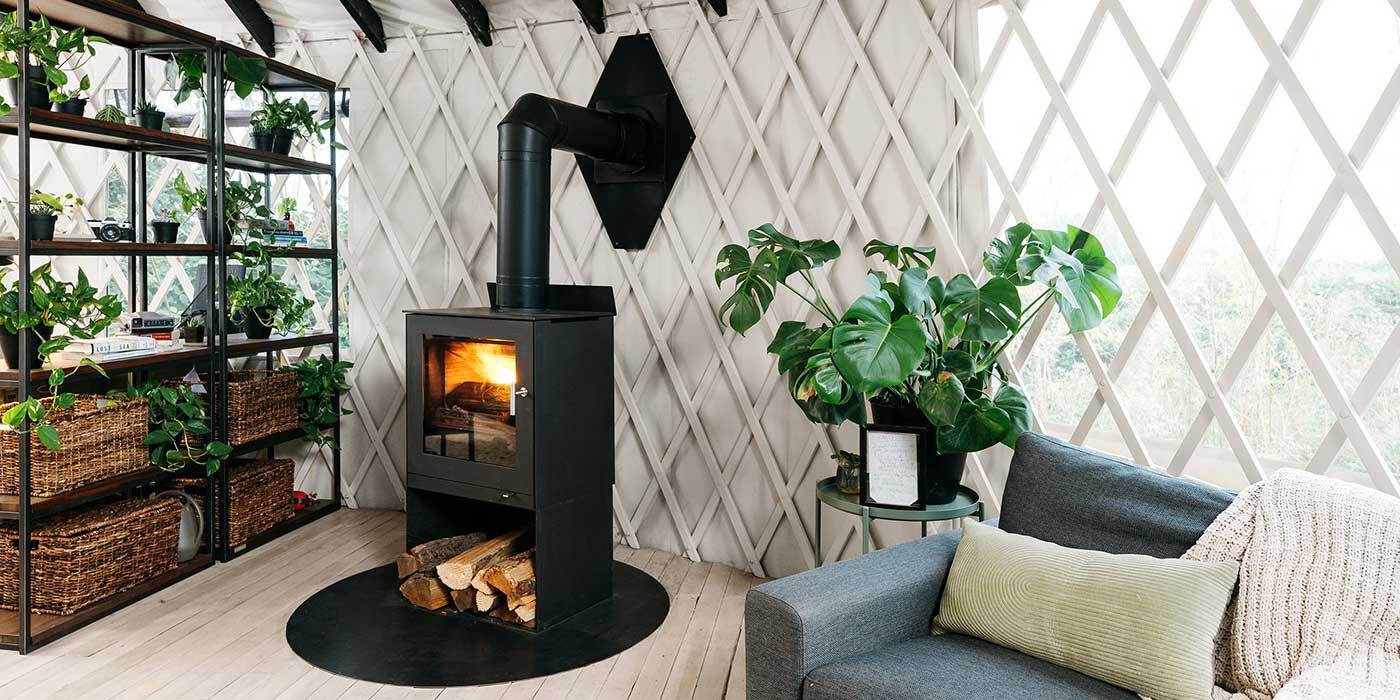By: Tom Regis, NFI Certified Master Hearth Professional
Last Updated: January 3, 2025
Creating a safe and efficient venting system for your fireplace or stove is essential, and choosing the right kind of chimney pipe plays a huge role.
Whether you’re using a traditional wood burning fireplace, a modern gas fireplace, or a freestanding stove, the chimney pipe is responsible for venting smoke, gases, and combusting byproducts out of your home.
Here’s what you need to know about chimney pipes, from types to installation and maintenance, so you can select the correct setup for your fire feature.
Understanding Chimney Pipe Basics
The type of chimney pipe you need depends on your fire feature’s fuel type, venting system, and location.
The three main chimney pipe categories are:
- Direct Vent Chimney Pipe – Uses a sealed system to draw in air from outside the home for combustion and vent exhaust gases back outside.
- Class A Chimney Pipe – Designed for high-temperature wood burning appliances.
- Single-Wall and Double-Wall Stove Pipes – Connects your wood stove to the chimney system.
Chimney Pipes for Direct Vent Gas Fireplaces & Inserts
Direct vent gas fireplaces require a specific type of venting system designed to maintain a sealed combustion process.
Here are the key considerations:
- Coaxial Pipe Design – Direct vent systems typically use a coaxial pipe (pipe within a pipe) to facilitate the intake of outside air and the expulsion of exhaust gases.
- Manufacturer-Specific Requirements – Always use the pipe recommended by the fireplace manufacturer. Mismatched components can void warranties and compromise safety.
- Horizontal or Vertical Installation – Direct vent pipes can be installed horizontally through a wall or vertically through a roof, depending on the layout of your home.
Chimney Pipes for Wood Burning Fireplaces & Inserts
Wood burning fireplaces require venting systems that can withstand high temperatures. Class A chimney pipes are typically required.
Consider the following:
- Double or Triple Wall Construction – Class A pipes feature insulated layers to handle intense heat and prevent heat transfer to combustible materials.
- Code Compliance – Ensure the chimney pipe meets UL 103 or equivalent standards for high-temperature venting.
- Chase or Enclosure Requirements – In many cases, exterior chimney pipes must be enclosed in a chase to protect them from the elements and maintain aesthetic appeal.
Typically, wood burning fireplaces require a specific venting system manufactured by the same brand. Be sure to check your owner’s manual to make sure you have the correct components.
Chimney Pipes for Freestanding Wood Stoves
Freestanding wood stoves require both stove pipe and chimney pipe for proper venting. Here’s what to keep in mind:
- Stove Pipe Connection – A single-wall or double-wall stove pipe connects the stove to the chimney. Double-wall pipes are preferable for improved safety and reduced clearance requirements.
- Transition to Chimney Pipe – Once the stove pipe reaches the ceiling or wall, it transitions to a Class A chimney pipe.
- Clearance Requirements – Follow the stove manufacturer’s guidelines for pipe clearances from walls, ceilings, and other combustibles.
Tips for Selecting the Right Chimney Pipe
- Consult Manufacturer Guidelines – Every appliance has unique venting requirements outlined by the manufacturer. Always adhere to these specifications.
- Hire a Professional Installer – Proper installation is essential for safety and performance. Professional installers ensure compliance with local building codes.
- Material Quality – Choose high-quality materials from reputable manufacturers to ensure durability and safety.
- Inspect and Maintain Regularly – Regular inspection and maintenance of chimney pipes are crucial for preventing creosote buildup, leaks, and blockages.
Common Mistakes to Avoid
- Using Improper Pipe Types – Do not use single-wall pipes for high-temperature systems or non-rated pipes for wood-burning appliances.
- Ignoring Clearance Requirements – Failing to maintain proper clearances can result in fire hazards.
- Mixing Pipe Brands – Components from different manufacturers may not fit together properly, leading to potential safety risks.
We’re Here to Help
Do you have more questions about venting or chimney pipes? Call our team of NFI certified experts today at 800.919.1904.
More Resources
Here are six reasons to schedule a chimney cleaning every spring.
What’s a chimney liner and do you need one? Find out all the facts here.
Use this simple inspection guide to keep your chimney in perfect condition.
 |
Thomas Regis has been a Technical Sales Representative at Woodland Direct for four years. An NFI-Certified expert, Thomas effortlessly directs his clients toward the perfect products, offering essential installation and safety advice. He's tackled projects of all sizes, from backyard fire pits to custom indoor fireplaces. He has even helped Amy Adams, owner of the Tennessee Titans, find a new fireplace for her home! Beyond his professional achievements, Thomas actively participates in community service projects and enjoys spending time on the basketball court. Call him or one of our experts in fire at 800.919.1904. |
